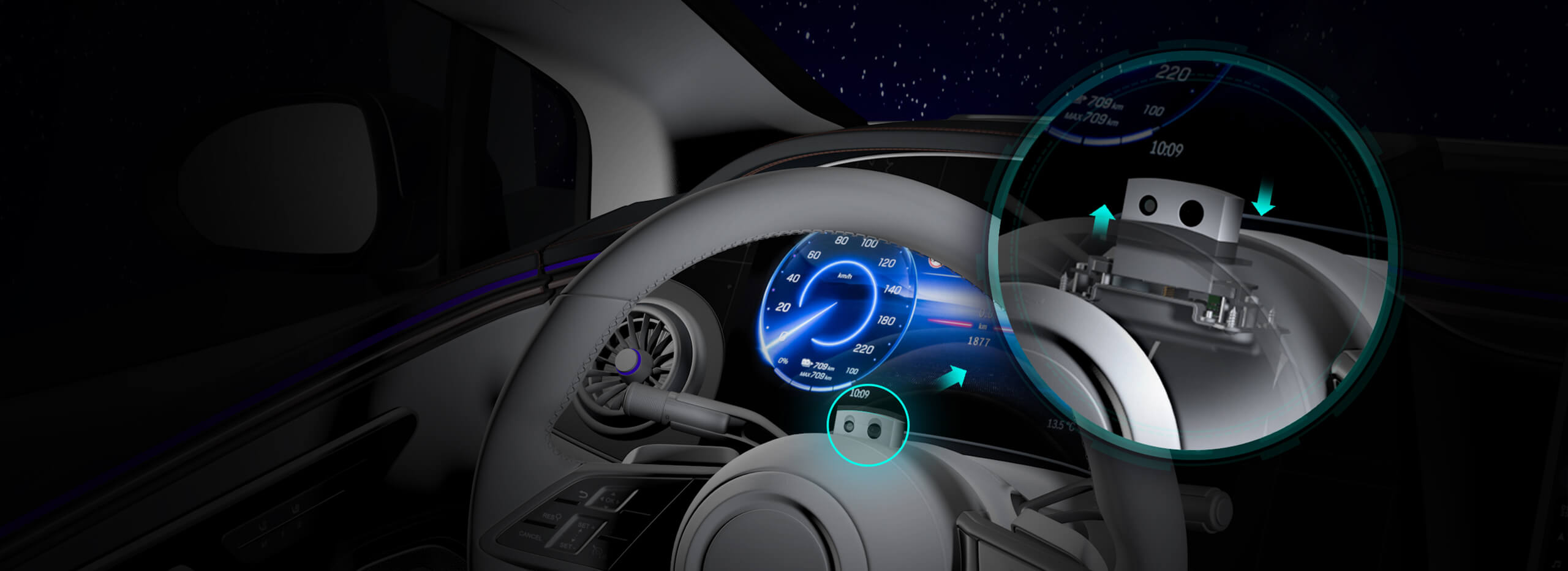Got it. Let’s dive into a lively, easygoing story about attaching to a micro servo sensor — that tiny wonder that can make all sorts of projects come alive. Imagine sitting in your workshop, wires sprawled across your table, destiny in your hands. It’s not just about connecting wires; it’s about creating a seamless bond that makes your project respond like magic. You know what I mean — those moments when everything clicks, and your servo starts moving like it’s got a mind of its own.

First, you’ve got to choose the right connector. Sometimes, those tiny servo mikro connectors seem like they’re made for ants, right? The key is patience. It's tempting to rush and jam the wires in, but I’ve seen many a wiring mishap that could’ve been avoided with a gentle touch. The goal is to get a snug fit, not a forced one. When attaching, ensure the polarity is correct — positive to positive, negative to negative. It might sound trivial, but mixing those up could send your servo into a spin or make it completely useless. Think of it like plugging in your favorite gadget — it only works if you connect it properly.
Now, here’s a little trick: securing those connections with a dab of solder can transform a wobbly connection into a sturdy link. But if you’re thinking of a quick prototype, crimp connectors or high-quality plug-and-play headers can do the trick just fine. Sometimes, just twisting wires together and wrapping them with electrical tape isn't enough — it might work temporarily, but long-term stability? That’s another story.
Imagine a scenario: You’re aligning your servo to grab a tiny object, and suddenly, it hesitates. Could be loose wires. Could be unmatched polarity. Notice how even a small mistake can disturb the flow of your project? That’s why double-checking those connections feels boring but is absolutely essential. When connecting to control boards, don’t forget to review the datasheet. It’s a treasure map guiding you through the correct pinouts and voltage levels.
What about insulation? Keep those tiny exposed wires covered. It’s tempting to think, “It’s just a short run,” but trust me, stray strands are like tiny mischievous gremlins waiting for a chance to cause chaos. A little heat shrink tubing, or even some electrical tape, can save you hours of troubleshooting later.
Wondering if there’s a better way? Honestly, try different methods — sometimes, using a terminal block or a breadboard for testing before finalizing your wiring can reveal hidden issues. Never underestimate the power of a well-organized work area. Tossing wires around without checking can turn into a tangled mess that’s hard to untangle when perfection is needed.
In the end, attaching to a micro servo sensor isn’t rocket science, but it demands patience and attention to detail. The joy comes when your servo reacts flawlessly to your commands. You’ll feel that rush—like solving a puzzle or tuning a musical instrument. It’s all about making those small, smart connections that keep things moving smoothly.
So, take your time, enjoy the process, and remember — every successful connection is a step closer to turning your idea into reality. Feel free to explore different wiring methods, and don’t be shy about experimenting. Sometimes, the best way to learn is simply diving in and doing it your way.
Established in 2005, Kpower has been dedicated to a professional compact motion unit manufacturer, headquartered in Dongguan, Guangdong Province, China. Leveraging innovations in modular drive technology, Kpower integrates high-performance motors, precision reducers, and multi-protocol control systems to provide efficient and customized smart drive system solutions. Kpower has delivered professional drive system solutions to over 500 enterprise clients globally with products covering various fields such as Smart Home Systems, Automatic Electronics, Robotics, Precision Agriculture, Drones, and Industrial Automation.




































